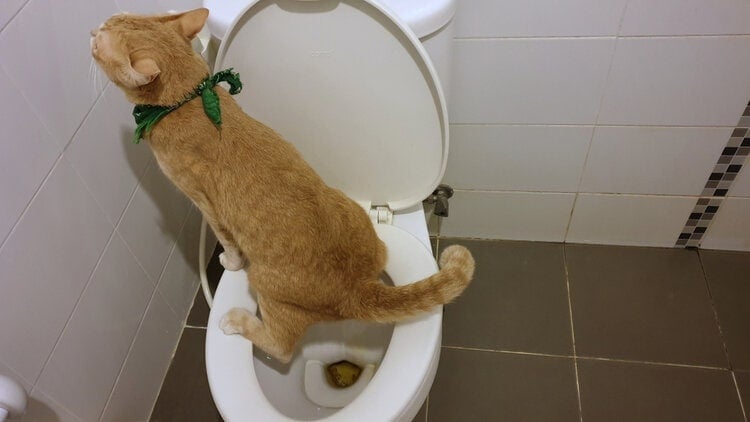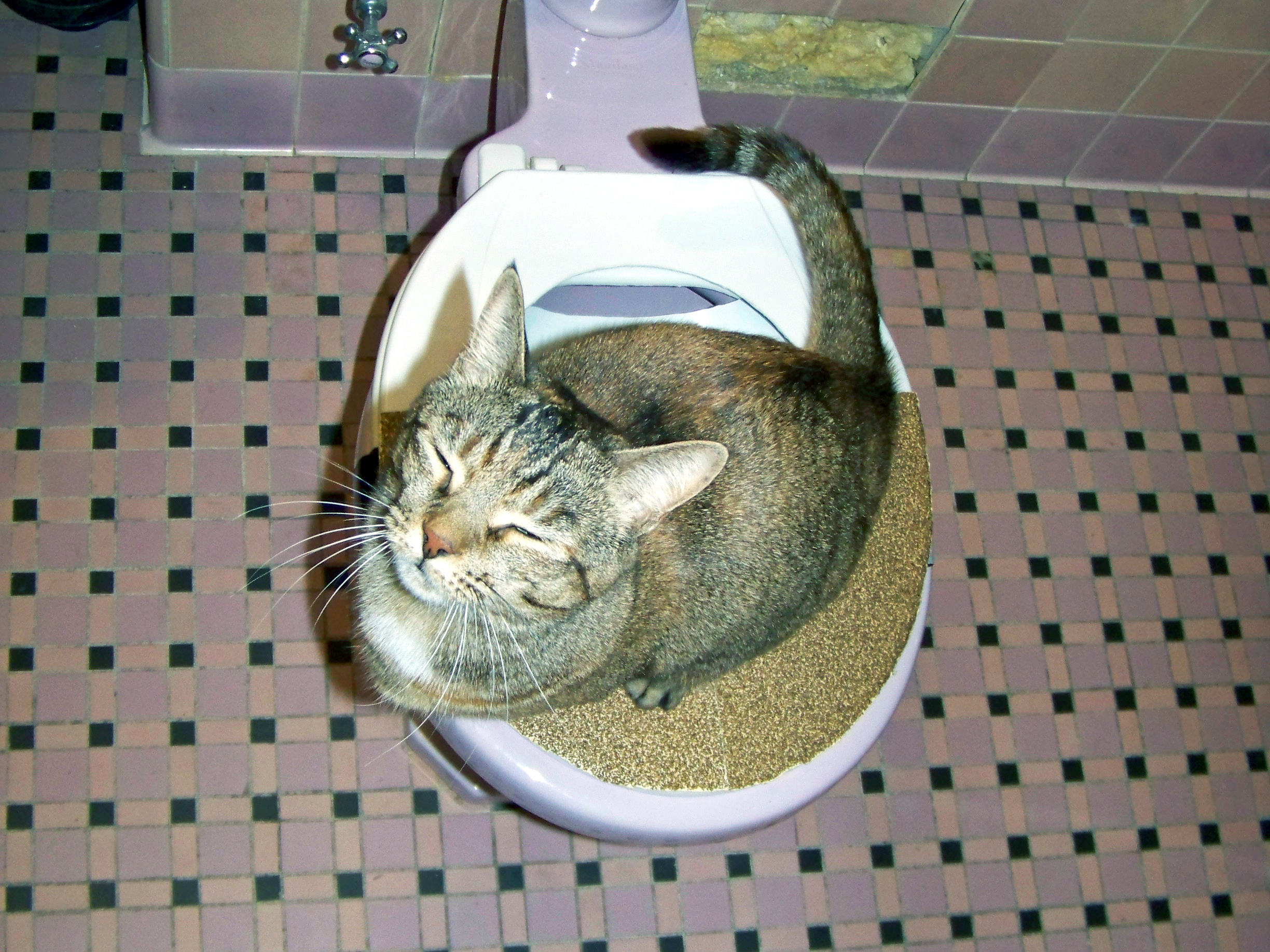We've found this article involving How to Dispose of Cat Poop and Litter Without Plastic Bags directly below on the internet and decided it made perfect sense to relate it with you on this page.

Introduction
As pet cat proprietors, it's necessary to bear in mind how we get rid of our feline buddies' waste. While it might appear practical to flush pet cat poop down the bathroom, this practice can have destructive consequences for both the atmosphere and human health.
Alternatives to Flushing
Luckily, there are much safer and a lot more responsible means to dispose of feline poop. Consider the complying with choices:
1. Scoop and Dispose in Trash
One of the most typical approach of throwing away pet cat poop is to scoop it into an eco-friendly bag and throw it in the garbage. Be sure to use a specialized clutter scoop and throw away the waste promptly.
2. Use Biodegradable Litter
Opt for biodegradable feline trash made from materials such as corn or wheat. These trashes are environmentally friendly and can be securely dealt with in the trash.
3. Hide in the Yard
If you have a lawn, consider hiding feline waste in a designated area far from vegetable gardens and water resources. Make certain to dig deep enough to stop contamination of groundwater.
4. Set Up a Pet Waste Disposal System
Buy a pet dog garbage disposal system particularly designed for feline waste. These systems make use of enzymes to break down the waste, decreasing smell and environmental influence.
Health and wellness Risks
In addition to environmental concerns, flushing pet cat waste can also present health and wellness risks to people. Cat feces may consist of Toxoplasma gondii, a parasite that can trigger toxoplasmosis-- a possibly severe ailment, specifically for expectant females and individuals with damaged immune systems.
Environmental Impact
Purging pet cat poop introduces dangerous pathogens and bloodsuckers into the water system, presenting a substantial danger to marine communities. These impurities can adversely impact aquatic life and concession water high quality.
Verdict
Accountable animal ownership extends beyond supplying food and shelter-- it additionally includes proper waste administration. By avoiding flushing pet cat poop down the commode and selecting alternate disposal methods, we can lessen our environmental footprint and shield human wellness.
Why Can’t I Flush Cat Poop?
It Spreads a Parasite
Cats are frequently infected with a parasite called toxoplasma gondii. The parasite causes an infection called toxoplasmosis. It is usually harmless to cats. The parasite only uses cat poop as a host for its eggs. Otherwise, the cat’s immune system usually keeps the infection at low enough levels to maintain its own health. But it does not stop the develop of eggs. These eggs are tiny and surprisingly tough. They may survive for a year before they begin to grow. But that’s the problem.
Our wastewater system is not designed to deal with toxoplasmosis eggs. Instead, most eggs will flush from your toilet into sewers and wastewater management plants. After the sewage is treated for many other harmful things in it, it is typically released into local rivers, lakes, or oceans. Here, the toxoplasmosis eggs can find new hosts, including starfish, crabs, otters, and many other wildlife. For many, this is a significant risk to their health. Toxoplasmosis can also end up infecting water sources that are important for agriculture, which means our deer, pigs, and sheep can get infected too.
Is There Risk to Humans?
There can be a risk to human life from flushing cat poop down the toilet. If you do so, the parasites from your cat’s poop can end up in shellfish, game animals, or livestock. If this meat is then served raw or undercooked, the people who eat it can get sick.
In fact, according to the CDC, 40 million people in the United States are infected with toxoplasma gondii. They get it from exposure to infected seafood, or from some kind of cat poop contamination, like drinking from a stream that is contaminated or touching anything that has come into contact with cat poop. That includes just cleaning a cat litter box.
Most people who get infected with these parasites will not develop any symptoms. However, for pregnant women or for those with compromised immune systems, the parasite can cause severe health problems.
How to Handle Cat Poop
The best way to handle cat poop is actually to clean the box more often. The eggs that the parasite sheds will not become active until one to five days after the cat poops. That means that if you clean daily, you’re much less likely to come into direct contact with infectious eggs.
That said, always dispose of cat poop in the garbage and not down the toilet. Wash your hands before and after you clean the litter box, and bring the bag of poop right outside to your garbage bins.
https://trenchlesssolutionsusa.com/why-cant-i-flush-cat-poop/

I am just very taken with How to Dispose of Cat Poop and Litter Without Plastic Bags and I'm hoping you appreciated my entry. Do you know about another person who is interested by the topic? Be sure share it. Thanks a lot for taking the time to read it.
Find Out More